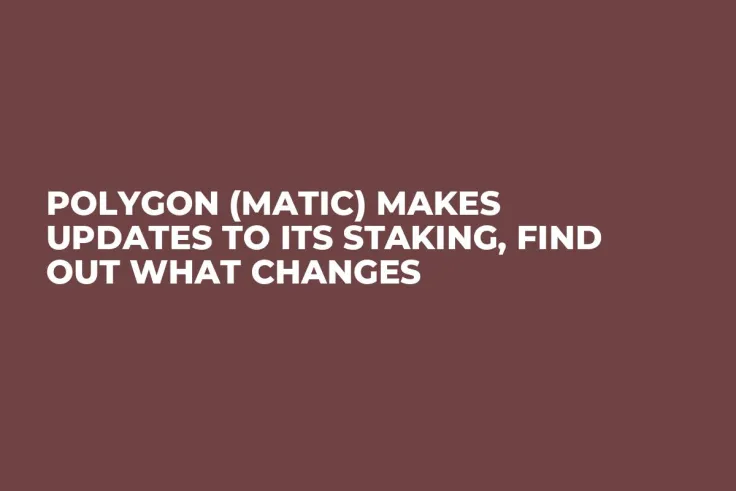
As noted in 2022, Polygon (MATIC) has managed to make important strides in the cryptocurrency market. In addition to partnerships that have marked the history of Layer 2, it has managed to establish itself as the leading scalability network for Ethereum (ETH).
All the developments of the past year have earned Polygon a place in the top 10 in market capitalization.
In 2023, the project has some promises to deliver that should also excite its entire community. But in this article, we will address a change that occurred earlier this year that is related to the staking process of the MATIC token.
Staking is one of the most well-known processes on the cryptocurrency market when it comes to earning passive income from crypto. However, it does not only serve this purpose. Investors who choose to be validators of a particular altcoin's network through this mode, by locking their tokens, can help in the execution of blocks that validate transactions.
In addition, these validators make the network more efficient, resulting in faster transactions and lower fees. Ensuring that more validators are part of staking a cryptocurrency is critical for security and decentralization. However, these validators need to be efficient, or there is no possibility of a secure network.
To find out if this is a focus of Polygon, check out the changes made to its staking below.
Polygon Staking: what has changed?
Layer 2 shows a strong focus on network security. Therefore, the newly approved proposal has an evaluation system that helps the community to identify which validators have good or bad performances.
Validators that are not performing well will be eliminated so that Polygon's security is maintained. The entire process of removing the validator will be transparent, so the community can check what is going on.
Without a doubt, it is a very important step for MATIC delegates. They need to choose who their validators will be and entrust their tokens to them. Having a system that shows healthy block producers is essential for this trust to be maintained.
How is this identification done?
Polygon built a Health Status feature into the validator list for transparency and for good understanding of the token delegator. Health Status is divided into four colors, where green represents excellent performance and orange means the validator already needs to pay attention, as its performance is weakened.
Problems, in fact, start when the status appears in red and then in black, where first the validator is already in a grace period, and then black signals that it will be excluded from its position.
This is a major development for Polygon and its community. It allows governance to be in the hands of MATIC holders, allowing investors to decide on improvements to the network, achieving yet another space in the decentralization arena.
 Gamza Khanzadaev
Gamza Khanzadaev Tomiwabold Olajide
Tomiwabold Olajide Denys Serhiichuk
Denys Serhiichuk Godfrey Benjamin
Godfrey Benjamin